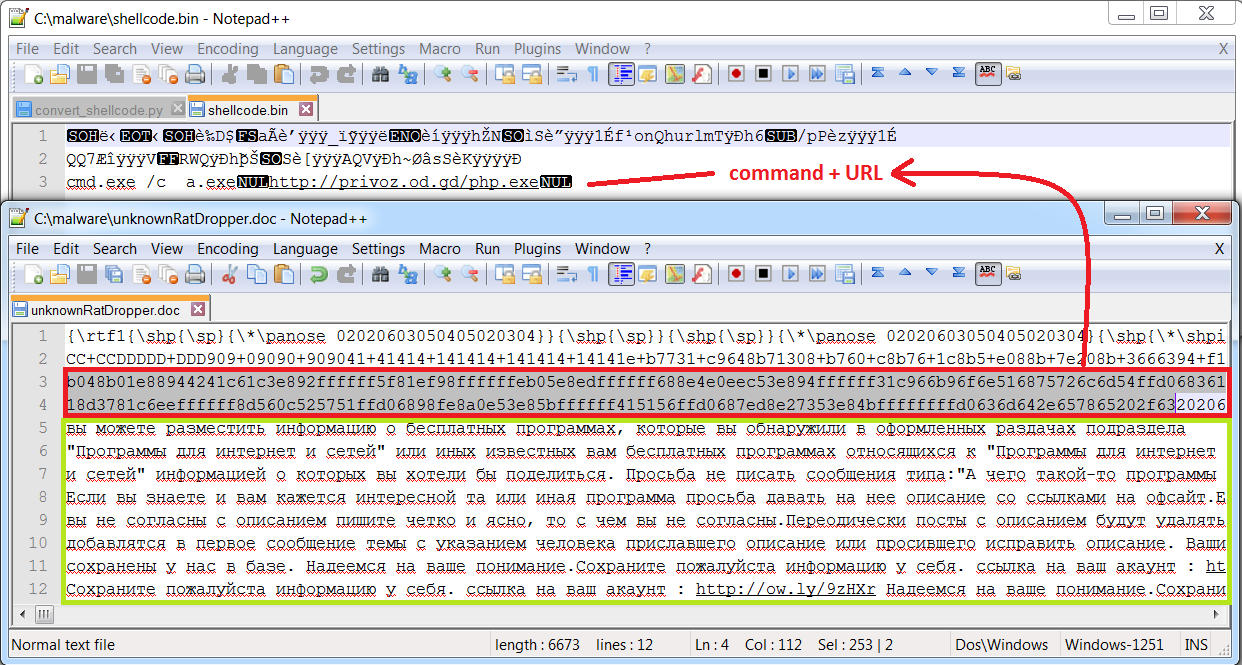
Winword Exe Arguments
'C: Program Files Microsoft Office Office Winword.exe' /t'c: program files microsoft office templates 1033 contemporary fax.dot' This is also true for the /l switch. List of Word startup switchesThe following Word startup (command-line) switches are listed in Word Help. Type To do this /a Starts Word and prevents add-ins and global templates (including the Normal template) from being loaded automatically.
The /a switch also locks the setting files; that is, the setting files cannot be read or modified if you use this switch. /l addinpath Starts Word and then loads a specific Word add-in. /m Starts a new instance of Word without running any AutoExec macros.
/m macroname Starts Word and then runs a specific macro. The /m switch also prevents Word from running any AutoExec macros. /n Starts a new instance of Word with no document open. Documents opened in each instance of Word will not appear as choices in the Window menu of other instances. /t templatename Starts Word with a new document based on a template other than the Normal template. /w Starts a new instance of Word with a blank document. Documents opened in each instance of Word will not appear as choices in the Window menu of the other instances.
Ok So I write this app to quickly find files in a source directory and all its sub directories. The search and find portion works great. Pioneer sa 7100 amplifier. The files that this app searches for are used for laser. Outlook Command Switches - answers.microsoft.com. Answers.microsoft.com Command-line switches for Outlook 2013. The command that starts Microsoft Outlook 2013 is outlook.exe. A command-line switch is the addition of a forward slash followed by the command name and any parameters.
(no switch) A new Word window is opened with a blank document using the existing instance of the Word program. The following Word startup (command-line) switches are not listed in Word Help. Type To do this /c Starts a new instance of Word and then invokes NetMeeting. /q Starts Word without displaying the Word splash screen. This switch is only available in Word 2000 Service Release 1 (SR-1).
Hwk ufsx box update v2 3 0 7 download. /r Starts Word, starts Setup, makes changes in the Windows registry, and then quits. This switch forces a re-register of Word in the Windows registry.
/u Has no effect and does not start Word. /x Starts a new instance of Word from the operating shell (for example, to print in Word). This instance of Word responds to only one DDE request and ignores all other DDE requests and multi-instances.
If you are starting a new instance of Word in the operating environment (for example, in Windows), it is recommended that you use the /w switch, which starts a fully functioning instance. /z This is similar to the /t switch. However, this switch raises the New event. For example: winword.exe /z'mytemplate.dot.
For more information, visit the following MSDN Web site. (pathname filename Starts Word with a specific document open. Note To open multiple files at once, use pathname filename. Example: 'C: Program Files Microsoft Office Office Winword.exe' c: filename1.doc c: filename2.doc (any other switch) Starts a new instance of Word.
For example, if you start Word with just the / and no switch, or with any unlisted switch combination, Word just starts a new instance of Word with a new blank document. The following Word startup (command-line) switch is listed in Word 2000 Help but not listed in Word 2002 or Word 2003 Help. Type To do this /mfile n Starts Word and then opens the specified file on the Most Recently Used (MRU) list on the File menu.
Note: The function, method, object, or property described in this topic is disabled if the Microsoft Jet Expression Service is running in sandbox mode, which prevents the evaluation of potentially unsafe expressions. For more information on sandbox mode, search for 'sandbox mode' in Help. Runs an executable program and returns a Variant ( Double) representing the program's task ID if successful, otherwise it returns zero. Syntax Shell( pathname [, windowstyle ] ) The Shell function syntax has these arguments: Argument Description pathname Required.
Variant ( String). Name of the program to execute and any required arguments or command line switches; may include directory or folder and drive. On the Macintosh, you can use the MacID function to specify an application's signature instead of its name.